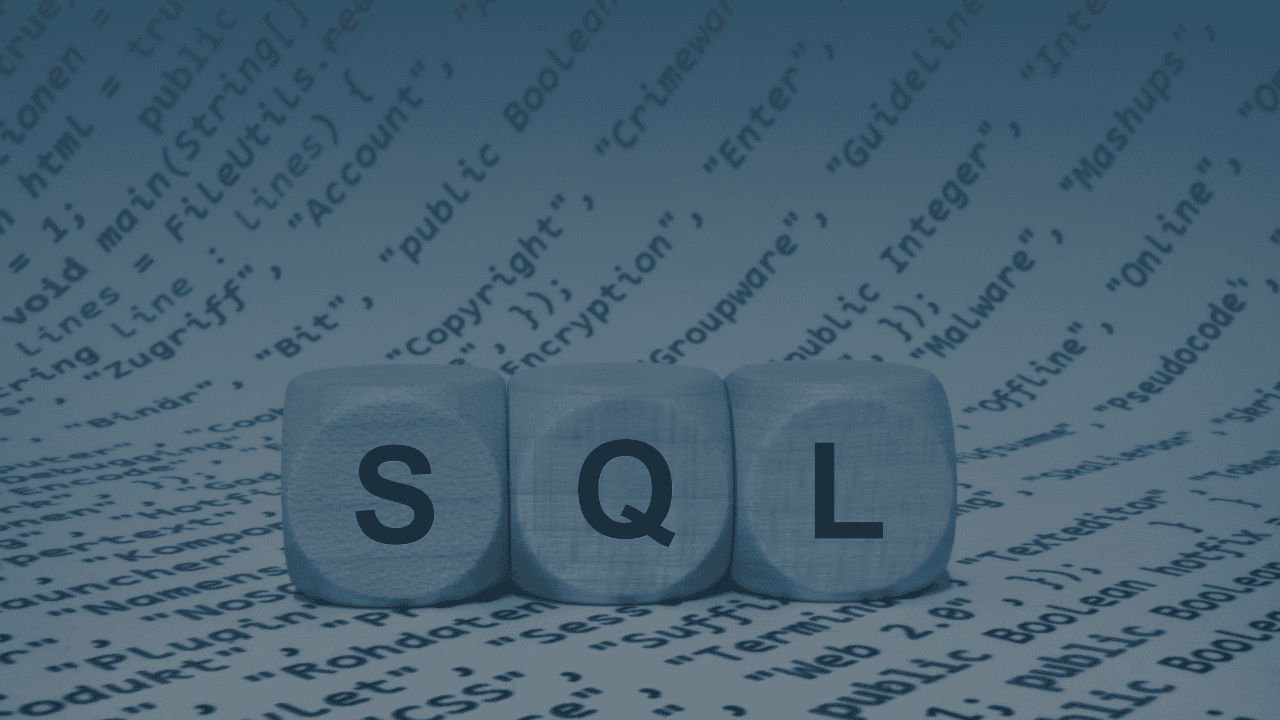Relational databases
Definition, overview & context
As part of our blog series on database technologies, today we are delving into the world of relational databases. We focus on the specific characteristics, advantages and challenges of relational databases. This article highlights the central role of SQL (Structured Query Language), discusses the essential ACID principles for data integrity and stability, and examines the importance of relational databases in the modern IT landscape.
We offer a compact overview to make it easier to understand the profound connections and added value of this technology in various application areas, without going into too much detail.
DEFINITION, OVERVIEW & CONTEXT OF SQL
Relational database management systems (RDBMS) form the backbone of structured data storage by organizing information in tables with defined relationships. This structure is reinforced by the use of primary and foreign keys, which enables efficient linking and querying of data across table boundaries. The central role of SQL (Structured Query Language) in interacting with these databases is underpinned by ISO and IEC standards, which ensures standardized and comprehensive data manipulation and retrieval [1][2][3][5].
SQL enables detailed and flexible data processing, ranging from the definition of data structures (DDL) to the manipulation of data records (DML) and queries (DQL) through to access control (DCL). This versatility makes SQL an indispensable tool for professionals working with relational databases, including data analysts, developers and database administrators. With its clear syntax and powerful query functions, SQL supports a wide range of applications and enables seamless integration with various programming languages. Relational databases such as MySQL, PostgreSQL and SQL Server Express rely on these principles to ensure data integrity and consistency, making them a reliable choice for complex data management tasks [6][7][8][9].




